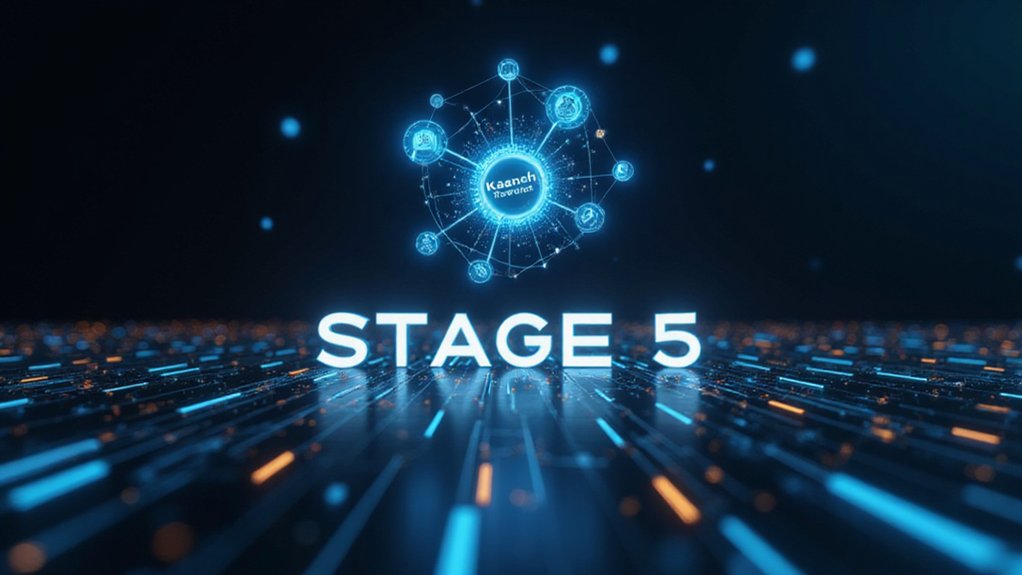Fortresses in the digital asset landscape, Binance and Kraken have established themselves as bastions against the increasingly sophisticated domain of insider threats—a proof to their evolving security infrastructures that rivals traditional financial institutions.
While competitors grapple with breaches that would make a Swiss banker blanch, these exchanges have implemented multi-layered security strategies that effectively neutralize both internal vulnerabilities and external phishing campaigns.
The exchanges’ approach to insider threat mitigation reveals a sobering reality: trust, in the cryptocurrency space, must be algorithmically enforced.
Trust in cryptocurrency isn’t given—it’s mathematically verified through algorithmic enforcement mechanisms.
Binance’s dedicated internal risk teams work in tandem with stringent access controls, while Kraken’s infrastructure architecture inherently limits the damage potential of rogue employees.
Both platforms conduct regular security audits and implement thorough employee screening protocols—measures that, while seemingly obvious, remain conspicuously absent at many lesser exchanges.
Their cold storage protocols—keeping the vast majority of user funds in offline repositories—represent perhaps the most tangible manifestation of security orthodoxy.
This approach, coupled with advanced encryption algorithms that protect data both in transit and at rest, creates multiple barriers between potential attackers and user assets.
The mundane-sounding practice of encrypting communications becomes rather significant when one considers the value of intercepted transactions.
Real-time monitoring systems further buttress these defenses, analyzing withdrawal attempts instantaneously for anomalous patterns.
When suspicious activity emerges, withdrawal suspension protocols activate automatically—a minor inconvenience that forestalls potentially catastrophic losses.
The 24-48 hour suspension window, while occasionally frustrating users seeking immediate liquidity, provides essential response time for security teams.
Perhaps most significantly, both exchanges have recognized user education as the ultimate firewall.
Binance’s proactive email alerts about emerging phishing tactics and Kraken’s educational resources transform users from security liabilities into vigilant guardians.
These platforms understand a fundamental truth: sophisticated encryption means little if users themselves become attack vectors through social engineering.
The verification of official communications channels—a seemingly trivial detail—has repeatedly proven essential in distinguishing legitimate requests from increasingly convincing imposters.
These exchanges benefit from tools like Arkham Intelligence that provide transaction pattern analysis across blockchain networks, enabling them to identify suspicious activities that might indicate compromised accounts or internal threats.









